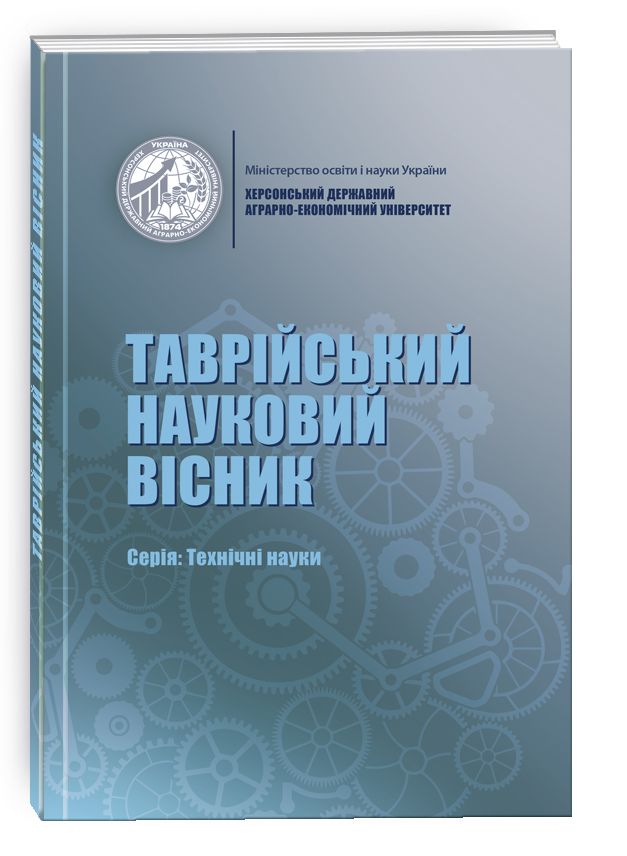CONSTRUCTION OF A FAST AND LIGHTWEIGHT RECURRENT NEURAL NETWORK FOR THE HANDWRITTEN GESTURE RECOGNITION TASK
DOI:
https://doi.org/10.32782/tnv-tech.2023.4.11Keywords:
handwritten gestures recognition, recurrent neural networks, recognition algorithms, deep neural networksAbstract
The object of research is a neural network for handwritten gesture recognition. The work presents the task of creating a solution for recognizing handwritten gestures for its possible next use in various devices and gadgets, in conditions with limited computing resources and with the priority of the speed of such a solution. A dataset for experiments was selected, an analysis of existing works and studies using this dataset was performed, and the obtained results were recorded. An architecture with recurrent layers usage was chosen to build a neural network. The properties of recurrent layers, the operation principles of gated recurrent units as the most suitable components for this model, and the peculiarities of training recurrent neural networks were investigated. The proposed network architecture was described, and 7 variants of models with different sets of basic parameters were selected. Testing of the models was performed, based on which the two most optimal models in terms of recognition accuracy and the number of parameters were determined. These models were additionally tested to check the time performance, in the conditions with only the use of the processor, and with the use of a graphics accelerator. The performance of the single selected optimal model was also tested with the input of various handwritten gestures in different styles that weren’t used before in the training sets. An analysis of successful cases of network operation was performed, as well as examples of unsuccessful recognition results, which in most cases can be corrected by expanding the training dataset. The obtained results confirm the possibility of using recursion layers to solve the problem of recognizing handwritten sequences, meeting the requirements for minimizing time and resources while obtaining high recognition accuracy in the presence of a high-quality dataset and the correct selection of model parameters.
References
Fewer and fewer people today write by hand using a pen, pencil or brush. What are the reasons? Is this a positive or negative development, 2017. URL: https://ieltsdata.org/fewer-fewer-people-today-write-hand-using-pen-pencil-brush (дата звернення: 20.08.2023).
On-Line Database SIGN-OnDB, 2010. URL: https://www-intuidoc.irisa.fr/en/base-de-donnees-en-ligne-sign-ondb (дата звернення: 20.08.2023).
Fuccella V., Isokoski P., Martin B. Gestures and widgets: performance in text editing on multi-touch capable mobile devices, 2013. URL: https://dl.acm.org/doi/10.1145/2470654.2481385 (дата звернення: 20.08.2023).
Delaye A., Anquetil. E. HBF49 feature set: A first unified baseline for online symbol recognition, 2013. URL: https://www.sciencedirect.com/science/article/abs/pii/S0031320312003317 (дата звернення: 20.08.2023).
Understanding RNN and LSTM, 2019. URL: https://towardsdatascience.com/understanding-rnn-and-lstm-f7cdf6dfc14e (дата звернення: 20.08.2023).
Рекурентні співвідношення, 2020. URL: http://matfiz.univ.kiev.ua/informatics/lectures/Theme3_2.htm (дата звернення: 20.08.2023).
Gated Recurrent Units (GRU), 2020. URL: https://d2l.ai/chapter_recurrentmodern/gru.html (дата звернення: 20.08.2023).







